
One of the interesting parts about being a part of the firearms industry is that we here at Calibre get a good, up-close look at what effect gun laws actually have.
For example, the Kalashnikov rifles (most notably the AK-47, AK-74 and AKM) and almost every variant thereof are prohibited in Canada, making putting them in the most stringently controlled category of firearm. As such, they’re only owned by a handful of collectors, and whatever random criminals decided to smuggle them in. For everyone who didn’t have one before the laws were changed to prohibit them, and won’t break the law to get one, they’re verboten.
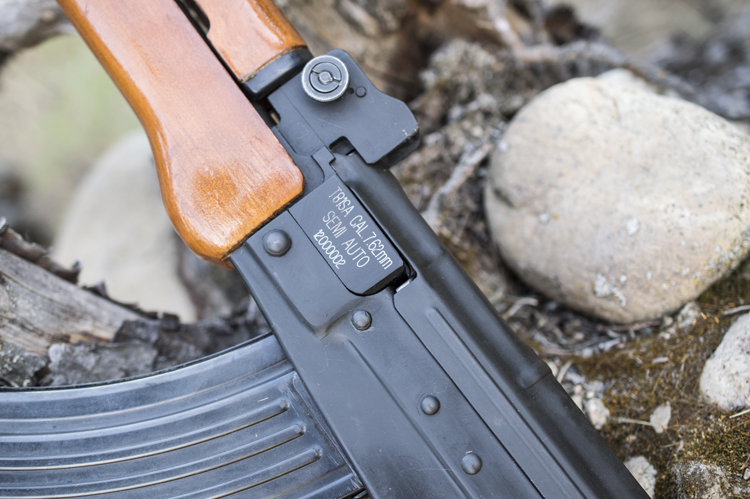
The initial appeal of the Vz.58, and its non-restricted sibling the CZ-858, came largely from its approximate external resemblance to the AK series of rifles. The curve of the magazine being a byproduct of the heavily tapered 7.62x39mm cartridge, the profile of the rifle was almost certain to bear at least a passing resemblance to the AK; the use of a gas piston mounted above the barrel and cheap, easily produced wooden furniture made the two rifles quite similar to the inexpert eye. This gas piston location is a quirk of many of the red rifles; there are essentially two places to put it, above or below the barrel, and ever since Mikhail Kalashnikov was entranced by the original assault rifle, the Sturmgewehr (or StG) 44, with its short stroke, over-barrel piston, that’s how communist guns have been built. Alternatively, the M1 Garand and M14 rifles, long-stroke piston guns with the gas system below the barrel, are functionally similar in many ways but have a profile that appears almost “traditional” to the western eye.
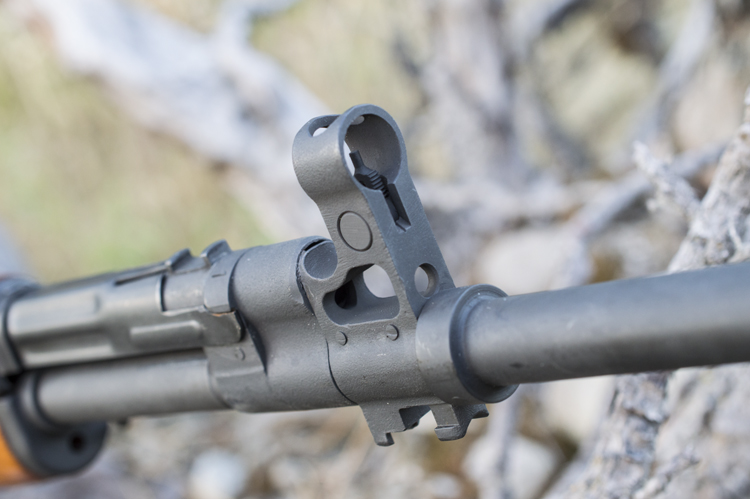
The fact that the highly successful Vz.58 shared no parts, used different magazines, and had rather different operating mechanisms than the Kalashnikovs did little to dampen enthusiasm for the newly available Czech alternative to the AK, and Canadians bought them by the crate, growing to love the durable, reliable carbine and building cottage industries around it as an aftermarket sprang up to make them ever more customizable.
But supplies of the 58-pattern rifles have waned. Used examples command substantial prices and consumers are beginning to look for the next red rifle to take the place of the prohibited Kalashnikovs.
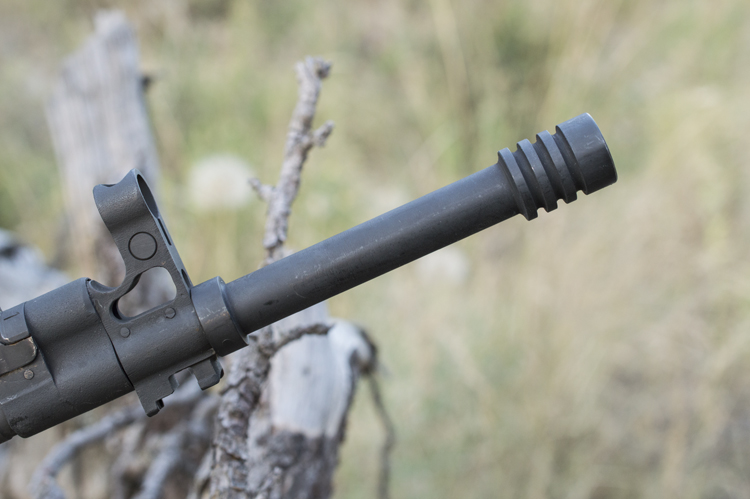
But the so-called People’s Liberation Army of China knows them well: the Type 81 was China’s standard issue rifle for a quarter of a century, introduced in 1981 (hence the name, a standard strangely adhered to among Communist service rifles, presumably out of raw fear of offending the 1911) but not thoroughly adopted until the late 1980s, and then remaining in service as the primary rifle until the Type 95 and subsequent bullpup designs replaced it circa 2006.

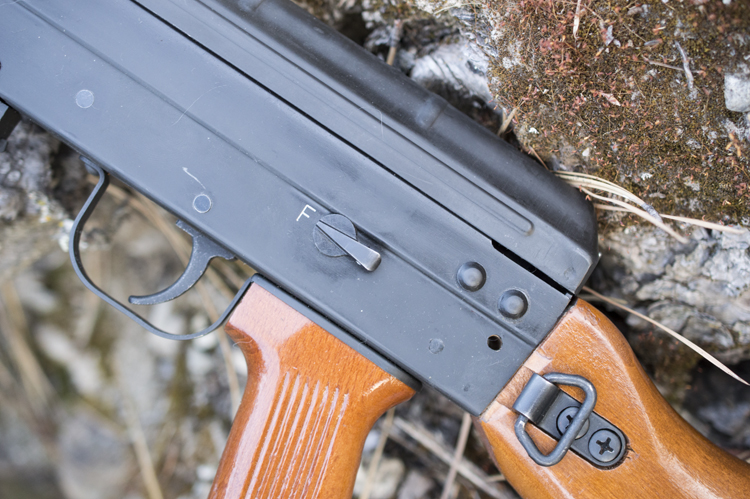
The Type 81's use of the short stroke piston and long receiver eliminated battering issues from excessive bolt over-travel, which is common to some AKs, while receiver rigidity was maintained through thicker stampings and longtitudinal folds in the steel. One of the outwardly visible quirks of this longer receiver is the gap between trigger guard and magazine release: unlike the closely packed AK, the Type 81 has about an inch and a half between the magazine well and the trigger guard.

Most obvious to the average viewer, the front sight was relocated from just aft of the muzzle, to a the front of the gas cylinder, in order to accommodate a grenade launcher. The sights themselves are rather odd; the front is a straightforward shrouded post, lifted directly from the SKS (which, incidentally, was also how the Chinese AKs were built, unlike the Russian models) but the rear looks like it was drawn up from an out-of-focus spy photo of a Garand: twin drums, which appear to be splined together, control the elevation, with ranges marked “0” to “5”, although the numbers do not line up on the drums. Setting the port side drum on our example to “0” (which put the starboard drum at “3”) put us pretty close at 100 yards. Some research indicates that adjusting the sights was considered an armourer task not to be attempted by end users, and this seems reasonable to us because while adjusting elevation and windage looks like it could be carried out fairly simply by adjusting the front sight, the design of the rear makes it seem like we should be doing something there, too. But apparently not.
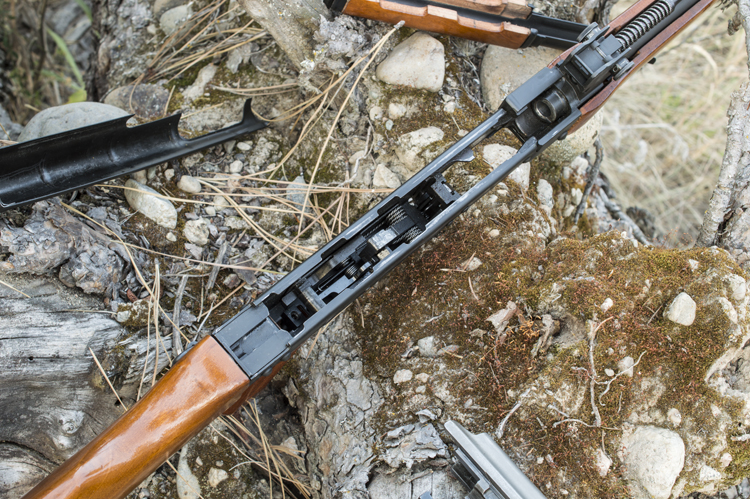
Field stripping the rifle is easy: you start by adjusting the sights (contact your armourer/weapons tech/politburo propaganda chief as necessary.) If you set them to 5 on the port drum, the upper handguard detaches; this is apparently intentional, judging by the inner drums on the sight. We’re not sure what this says about battle doctrine in the PLA, but if you have to engage troops armed with Type 81s, we recommend starting at least 500 metres back, just in case they spontaneously disassemble their rifles.
With handguards removed, the gas piston is pulled back and the rear of the gas cylinder rotated counterclockwise; this allows for removal of the piston and spring. Interestingly, the piston return spring is a high-quality triple stranded spring. Given our past experiences with Chinese firearm springs, this was a welcome surprise.

The bolt assembly is massive. The carrier is a half-pound of steel with a whole lot of typically blunt communist machining. The two-lug bolt has an extractor that takes up about a third of the bolt face. Adding these features to the heavily tapered 7.62x39 cartridge, this rifle has a lot of ingredients to make it reliable and like most of the Communist Bloc designs, the design seems forgiving of rough machine work. Critical surfaces are machined smooth, with fairly large clearance throughout, and every surface that has no direct operating function has been milled away at maximum speed, so there is chatter everywhere it won’t matter. But fans of this genre won’t be bothered at all; the rough, brutal nature of the firearm is half of its charm. No bourgeois sentimentality here, comrade. Come. We shoot.
Shooting the Type 81
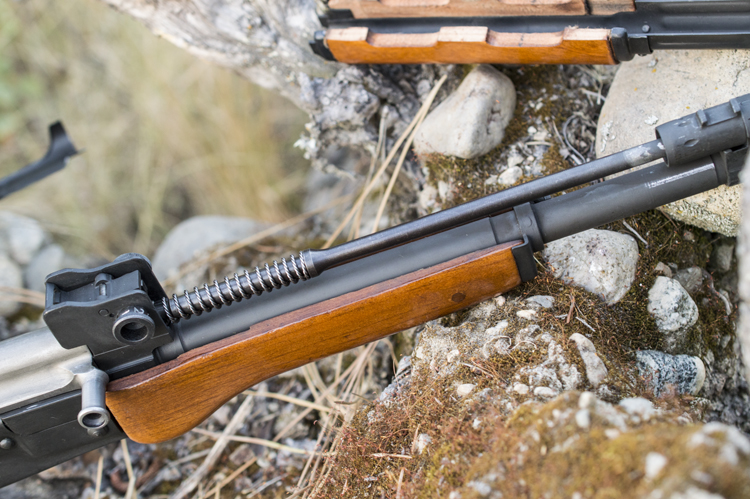
Our Type 81 arrived with an optional quad rail, but we didn’t trust it enough to mount a scout scope on it and count on a stable zero. Accuracy testing was done from a front rest, using the iron sights, and results were quite consistent so we feel confident in the results, but we’d also be prepared to stipulate that under ideal conditions, they could probably be improved upon slightly.
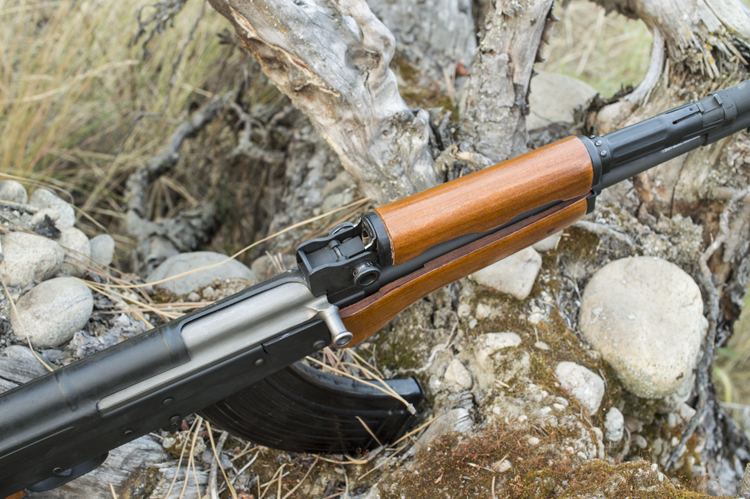
The most ammo that delivered the smallest group was the polymer-tipped 123 grain Hornady SST; the largest group came from some old lacquer-coated Czech surplus. Neither delivered sniper-grade accuracy, however: the old Czech crate ammo turned in a 5.43 MOA group, and the SST 4.28 MOA. Strangely, the mean radius of the Czech ammo, at 1.8 inches, made it one of the better performers: essentially, mean radius predicts how far the average bullet will deviate from the centre of the group and as such is actually a better indicator of how well a properly zeroed rifle will shoot than the more familiar minute-of-angle group measurement. The best mean radius we saw was 1.63 inches, using the Winchester Power Points; the American Eagle FMJ, at the opposite end of the spectrum, had both the worst mean radius, at 2.14 inches, and the second worst grouping, at 5.37 inches. Precision rifles, these are not.
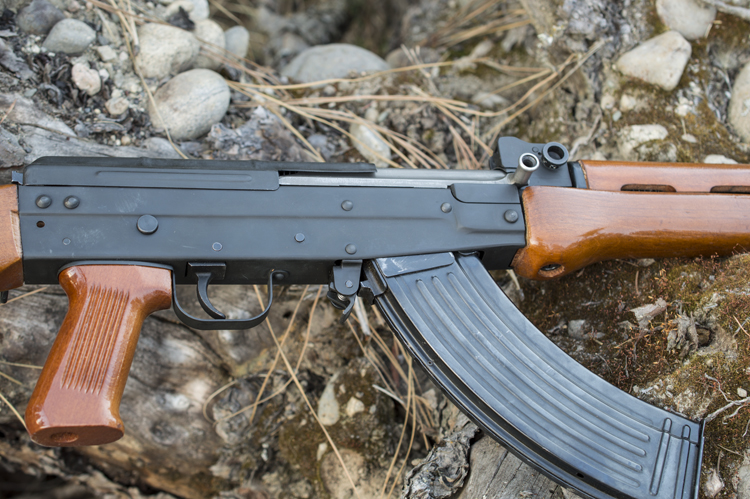
And, as it turns out, many of our niggling concerns with the prototype were addressed in the production version. From a purely historical standpoint, the barrel will match the look of the original perfectly, and the classic mounted cleaning rod will be included. The finish, phosphated on the prototype, will be blued as per the original military specification as well, again enticing the enthusiast and collector.
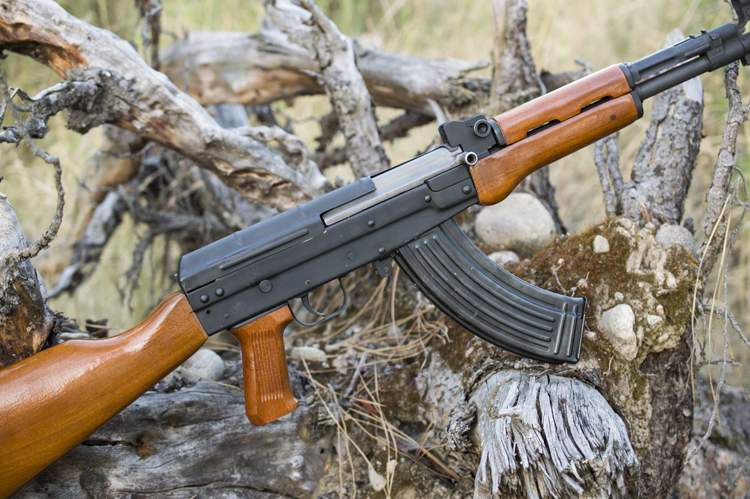
And finally, the markings will be applied before the rifle is blued, not after it’s phosphated, like ours was. Again, this almost makes us sad; it was really entertaining to imagine a red star-emblazoned communist party boss somewhere, ranting about our bourgeois interest in a nicely finished consumer product, insisting that our rich families with multiple pairs of shoes for every member were bringing about the downfall of society.
But alas, the version of the Type 81 that will retail in Canada will actually warm our privileged, capitalist hearts. Ironically, we’re absolutely convinced that this piece of communist nostalgia will sell by the truckload.